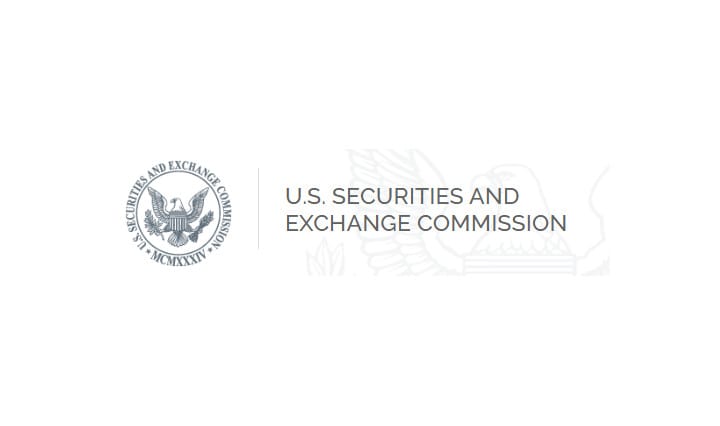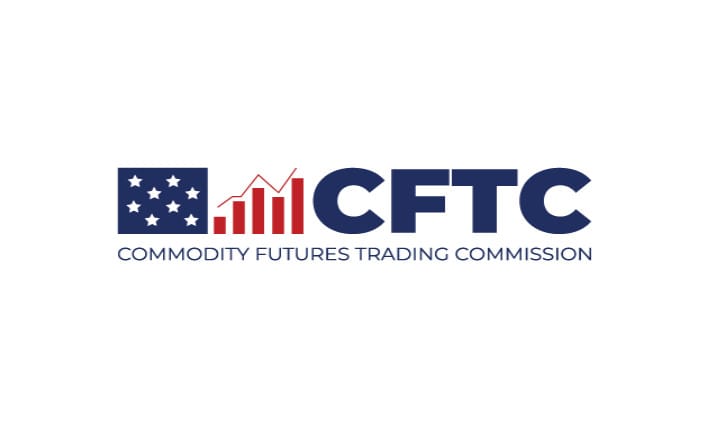October 2023 Senior Loan Officer Opinion Survey on Bank Lending Practices: Banks Signal Tighter Standards & Weaker Demand for All Loan Types.


Wut Mean?:
- Banks reported tighter lending standards and reduced demand for commercial and industrial loans to all firm sizes in Q3 2023.
- There was a decline in demand and stricter standards for all commercial real estate loan categories.
- Residential real estate loans saw increased lending restrictions, except for government mortgages, and a weakened demand across all categories.
- Banks also indicated tighter standards and reduced demand for home equity lines of credit, credit cards, auto, and other consumer loans.
- Banks were less likely to approve credit card and auto loans for borrowers with FICO scores of 620 and 680 since the beginning of the year but more likely for those with a score of 720.
- Economic uncertainty, higher risk aversion, worse loan and collateral quality, and increased funding costs were cited as reasons for stricter lending standards.
Questions on commercial and industrial lending:
- Significant proportions of banks tightened lending standards and terms for commercial and industrial (C&I) loans across all firm sizes in Q3.
- The tightening of C&I loan terms was most notable for premiums on riskier loans, loan rate spreads over funding costs, and credit line costs.
- Larger banks ($50 billion+) reported less tightening compared to smaller ones, with more small banks tightening standards and terms.
- Foreign banks indicated moderate tightening of C&I lending standards and terms, including loan covenants and premiums on riskier loans.
- Economic uncertainty, increased risk aversion, and less competitive pressure from other lenders were key reasons for tightening C&I lending standards.
- Banks also tightened due to legislative, supervisory, and accounting changes, industry problems, less secondary market liquidity, and their own liquidity or capital concerns.
- There was generally weaker demand for C&I loans from firms of all sizes, with decreased inquiries for new or increased credit lines.
- Decreased investment, lower funding needs for operations, and reduced need for cash reserves were cited as reasons for the fall in C&I loan demand.
Questions on commercial real estate lending:
- A large proportion of banks indicated they have tightened lending standards for all commercial real estate (CRE) loan types in Q3.
- This tightening was more commonly reported among smaller banks compared to larger banks.
- A significant number of banks, especially larger ones, experienced weaker demand for all categories of CRE loans.
- A notable share of foreign banks also tightened standards for CRE loans.
- A moderate number of foreign banks reported a decrease in demand for CRE loans.
Questions on residential real estate lending:
- Banks have tightened lending standards for all types of residential real estate (RRE) loans and home equity lines of credit (HELOCs) in Q3, except for government residential mortgages, which remained largely unchanged.
- Significant numbers of banks reported stricter standards for qualified mortgage (QM) jumbo, non-QM residential mortgages, and HELOCs.
- A moderate number of banks indicated tighter standards for QM non-jumbo, non-GSE-eligible residential mortgages, and subprime residential mortgages.
- Only a modest number of banks tightened standards for GSE-eligible mortgages.
- There was a generally weaker demand reported for most RRE loans during the third quarter.
- A significant number of banks also saw weaker demand specifically for government residential mortgages and HELOCs.
Questions on consumer lending:
- Many banks indicated they tightened lending standards for credit card and other consumer loans during the third quarter.
- A moderate number of banks also reported stricter standards for auto loans.
- Banks have mainly tightened the terms on credit card loans, including credit limits and lending to customers not meeting credit score thresholds.
- There was a significant increase in the number of banks requiring higher minimum credit scores and charging wider interest rate spreads for credit card loans.
- Terms for auto loans were similarly tightened, with many banks increasing interest rate spreads and a moderate number tightening lending to customers not meeting credit scores.
- For other consumer loans, there was a significant widening of interest rate spreads, more stringent credit score criteria, and some banks raised the minimum payment amounts.
- There was a significant decrease in demand reported for auto and other consumer loans, while a modest decrease was noted for credit card loans.
Special Questions on Banks’ Credit Card and Auto Lending Policies:
- Banks are now less likely to approve both credit card and auto loan applications for borrowers with FICO scores of 620.
- There is a decreased likelihood of approving credit card loans for borrowers with FICO scores of 680.
- Banks are significantly less likely to approve auto loan applications for borrowers with FICO scores of 680.
- A small number of banks indicated a greater likelihood of approving credit card applications for borrowers with FICO scores of 720.
- The probability of approving auto loans for borrowers with a FICO score of 720 has not changed significantly since the start of the year.
Special Question on Banks’ Reasons for Changing Standards over 2023:Q3:
- Major reasons for tightening loan standards included an uncertain economic outlook, increased risk aversion, and deteriorating loan credit quality.
- Banks also tightened loan terms due to concerns over funding costs, declining collateral values, and potential negative effects of legislative or regulatory changes.
- Worries about deposit outflows and the intention to improve liquidity positions were additional causes for stricter lending criteria.
- Banks that eased lending standards cited improved loan credit quality and a more stable or positive economic outlook as reasons.
- Non-large banks commonly mentioned deposit outflows, funding costs, liquidity concerns, and declines in market value of fixed assets as tightening factors.
- Foreign banks attributed tightening standards to an unfavorable economic outlook, collateral value deterioration, risk tolerance reduction, loan credit quality decline, and secondary market sale difficulties.





TLDRS:
- Banks reported tighter lending standards and reduced demand for commercial, industrial, and real estate loans in Q3 2023.
- Residential real estate lending saw increased restrictions, excluding government mortgages, and demand weakened across all categories.
- There was tighter scrutiny for credit card, auto, and other consumer loan applications, especially for those with lower FICO scores.
- Economic uncertainty, a higher risk aversion, and deteriorating loan quality were principal reasons for stricter lending standards.
- Smaller banks and foreign banks reported more tightening of terms compared to larger banks, with various concerns like deposit outflows and liquidity issues.
- For commercial and industrial loans, weaker demand was linked to reduced investment and operational funding needs.
- Consumer loan demand decreased significantly, with banks imposing higher credit score requirements and wider interest rate spreads.



